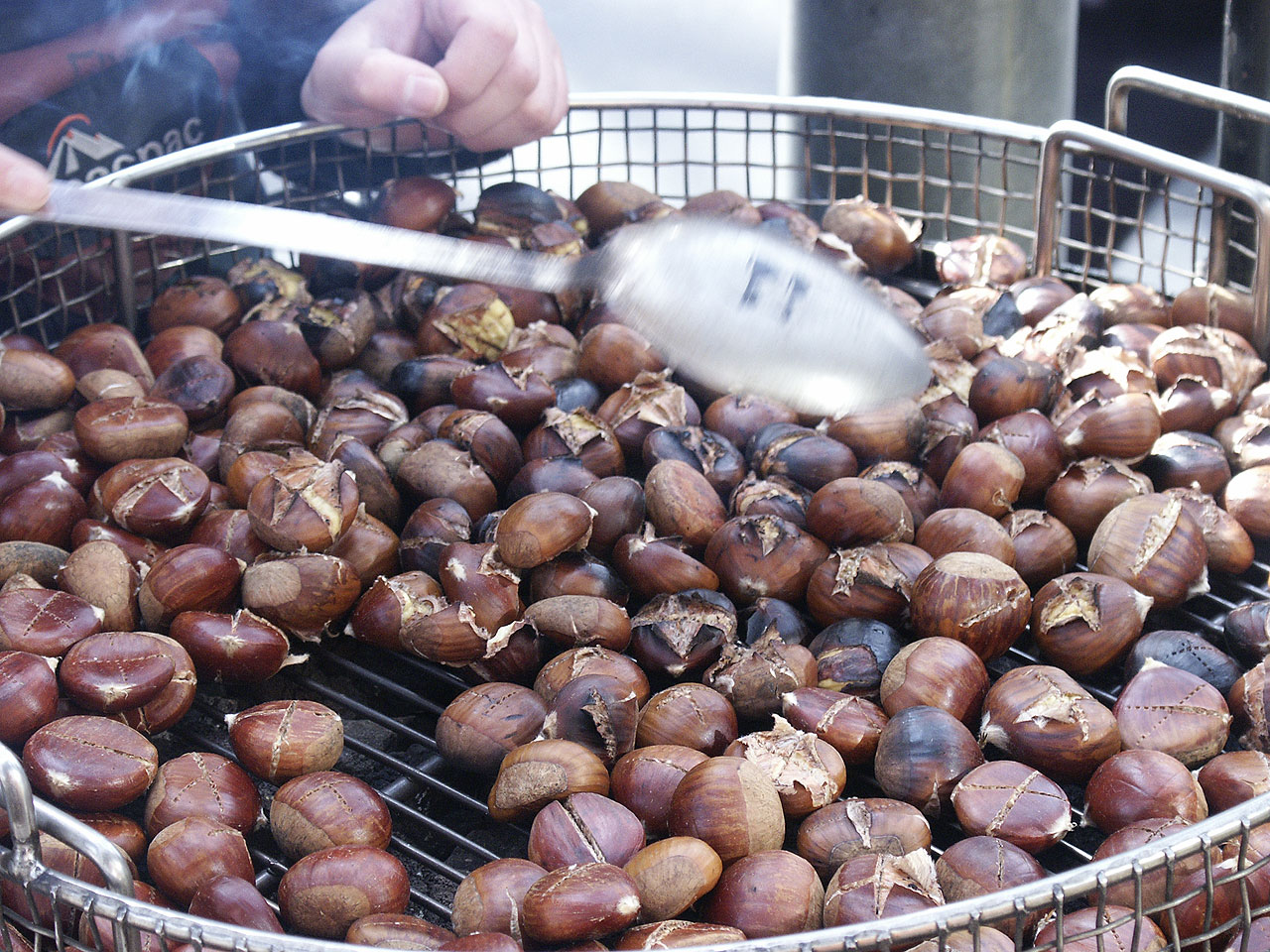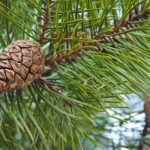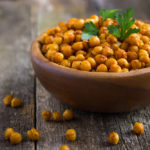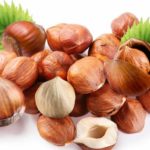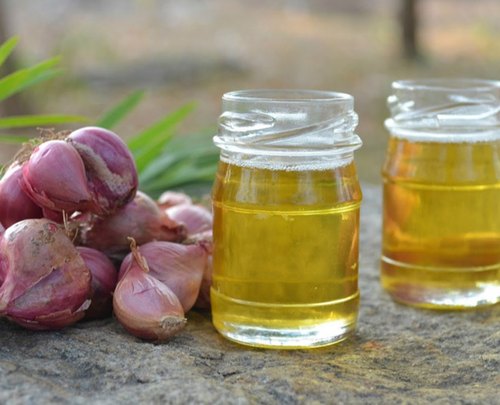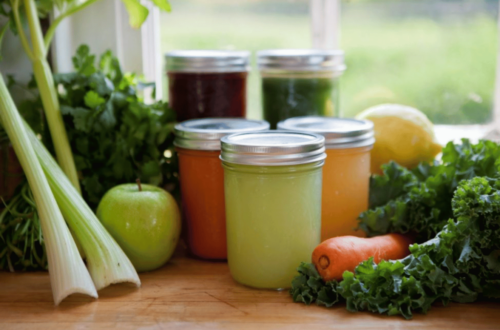HEALTH BENEFITS OF CHESTNUTS
One of the benefits of chestnuts is that it invigorates the muscles. Chestnuts is also one of the foods for the musculoskeletal system. No doubt the German physician W. Heipke considered it as “the small loaves of bread that nature provides”.
In times past, when there was war or famine and bread seemed scarce, Europeans survived on chestnuts by using chestnut’s flour to prepare a substitute of bread. It is said that chestnut’s composition is similar to those of grains than to other types of nuts.
Other names:
French: Châtaigne
German: Kastanie
Spanish: Castaña
The seed found in the fruit of the tree (Chestnut) belongs to the botanical family Fagaceae. This food is native to the mountainous regions of Turkey before it spread through other Southern parts of Europe and also Central Europe. It can be cultivated in China, East and Southern United States and Japan.
SEE ALSO: Health Benefits of Onions
Chestnut Composition
In getting to know the benefits of eating chestnuts, it is important to consider the information below.
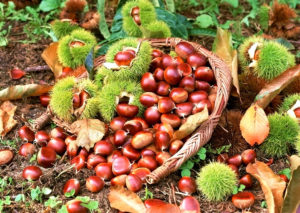
The following information below is based on a 100 g of raw chestnut and its percentage % daily value on a 2, 000 calorie diet as provided by 100 g of this food. The information is provided by Dr. George Pamplona in his book “Encyclopedia of Foods and their Healing Power”.
Energy = 213 kcal = 890 kj
Fiber = 8.10 g
Protein = 2.42 g
Carbohydrates = 37.4 g
Vitamin A = 3.00 μg RE
Vitamin B1 = 0.238 mg
Vitamin B2 = 0.168 mg
Vitamin B6 = 0.376 mg
Niacin = 1.63 mg NE
Vitamin C = 43.0 mg
Vitamin E = ——
Vitamin B12 = ——
Folate = 62.0 μg
Calcium = 27.0 mg
Magnesium = 32.0 mg
Phosphorus = 93.0 mg
Iron = 1.01 mg
Potassium = 518 mg
Zinc = 0.520 mg
Saturated Fat = 0.425 g
Total Fat = 2.26 g
Sodium = 3.00 g
Cholesterol = —–
The following listed below is the percentage (%) composition of chestnut
Fiber = 8.10%
Carbohydrates = 37.4%
Fat = 2.26%
Minerals = 1.13%
Protein = 2.42%
Water = 48.7%
READ ALSO: Cucumber Health Benefits
Properties, Indications and Health Benefits of Chestnuts
This food is one of the richest source of carbohydrates making up about 37.4% which is only comparable to grains and legumes. The carbohydrates are 85% starch and succharose 15%. Consequently, there is no fructose or glucose.
They also contain proteins which is 2.42% and fats too which is 2.26%. They are mostly monosaturated and polysaturated.
Chestnuts make available 213 kcal per 100 grams and this amount is somewhat higher the potato which is 79 kcal per 100 grams. However, the energy chestnuts provide are less when compared to wheat flour (364 kcal per 100 grams) or walnuts which is 642 kcal/100 grams.
Benefits of chestnuts are quite enormous in that they are rich in vitamin C, although, they seem to not provide much vitamin A and virtually no vitamin E. They are also rich in B group vitamins: B1, B2, B6 and niacin. The concentration of vitamin B is the same with that of whole wheat and also the germ.
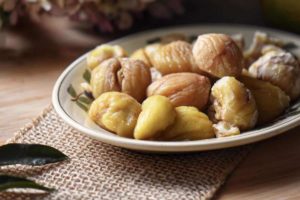
The mineral content of chestnuts is quite okay especially in potassium (518 mg per 100 g), however, chestnuts provide low sodium which is about 3 mg per 100 g. In essence, the sodium content of chestnuts makes it an ideal for those with cardiovascular disorders or hypertension. This is a great benefit of chestnuts.
Again, there is a significant amount of iron (1 mg per 100 grams) and magnesium, phosphorus, calcium and so many other trace elements such as zinc, manganese and copper. According to webmd, they are good antioxidants.
Chestnuts act as:
- Muscle tonic
- Astringents
- Alkalizers
- Galactagogue, i.e. they facilitate the flow of milk.
Chestnuts can be indicated in cases such as:
Growth periods
Since they are source of vitamins, calories and minerals required for adolescent’s musculoskeletal development.
Physical Fatigue
Physical fatigue may come as a result of intense muscular exercise or malnutrition. Since it is proven that they exert tonic effect on the muscles, they also provide energy sensation and overall well-being. This is added benefits of chestnuts.
Arteriosclerosis and Cardiovascular Conditions
For cardiovascular conditions and arteriosclerosis, their richness in potassium content alleviate hypertension. Chestnuts make available sodium and little fat and also provide energy.
Kidney failure
Chestnuts alkalizing properties compensate for too much (excess) acid in the blood. They provide little protein and this is also beneficial when kidney failure cases arise.
Breastfeeding Mothers
They provide or facilitate milk flow and also make a great deal of nutrition to breastfeeding mothers.
Diarrhea
With their mild astringent and regulating effects, chestnuts is recommended in cases of diarrhea. Chestnut puree in particular is the real deal here.
YOU MAY LIKE: Health Benefits of Garlic
Preparation and Use
- Raw: When tender, it is not recommended to eat them raw. However, when they are due for consumption, they should be chewed so as to begin digestion from the mouth.
- Cooking: the boiling time is between 20 – 30 minutes that’s when shelled. Certain aromatic herbs such as thyme, cumin or fennel may be added.
- Chestnut puree: Get them mashed to a paste after boiling. Honey or brown sugar may be added. It is also good to mix the paste with milk.
- Roasted: Chestnuts should be roasted either over coals or in the ovens. They may be roasted even with the shell and cut to relieve pressure. Chestnuts that are roasted are quite delicious.
- Matron glacé is prepared from chestnuts and egg white.
Chinese Water Chestnut
The Chinese chestnut has similarities in shape and flavor to those of common. It is really a tuber; a thickened root and are cultivated primarily in China. They belong to the same botanical family with tiger but (Cyperaceae).
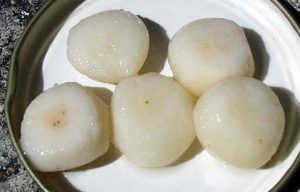
Chinese chestnut has similar composition as does the common chestnut but they provide fewer proteins and carbohydrates. Chinese chestnuts are highly rich in B complex vitamins.
It is noteworthy that Chinese chestnut does not contain vitamins A and C. Almost have the same mineral content as the common chestnuts.
Chinese water chestnut Composition
Per 100 grams of raw (edible) Chinese water chestnut
Energy = 106 kcal = 443kj
Fiber = 3.00 g
Protein = 1.40 g
Carbohydrates = 20.9 g
Vitamin A = —–
Vitamin B1 = 0.140 mg
Vitamin B2 = 0.200 mg
Vitamin B6 = 0.328 mg
Niacin = 1.00 mg NE
Vitamin C = 4.00 mg
Vitamin E = 1.20 mg ∝-TE
Vitamin B12 = ——
Folate = 16.1 μg
Calcium = 11.0 mg
Magnesium = 22.0 mg
Phosphorus = 63.0 mg
Iron = 0.060 mg
Potassium = 584 mg
Zinc = 0.500 mg
Saturated Fat = 0.026 g
Total Fat = 0.100 g
Sodium = 14.0 g
Cholesterol = —–
Information above is based on a 2, 000 calorie diet as provided by 100 g of Chinese water chestnut.
Chinese cuisine uses this food abundantly because of its sweetness and crunchy white pulp
Other Chestnuts such as Japanese chestnut (Castanea crenata Sieb. Et Zucc), American chestnut (Castanea dentate [Marsh.] Borkh), almost have the same composition but varying in carbohydrates only.
The starch, carbohydrates and saccharose must be adequately treated with digestive enzymes in order to get them converted into simple sugars which can easily pass to the blood stream.
There are so many benefits of chestnuts but chestnuts must be chewed properly, else it may cause flatulence on getting to the large intestine with undigested fragments.
Note:
Those suffering from diabetes and obesity must be cautious when consuming chestnuts. This is because of their richness in carbohydrates.
SEE MORE ARTICLES BELOW
Anxiety and an Anxiety disorder
Anxiety and an Anxiety disorder

A graduate of Computer Science and Information Management Technology. Diploma – Caregiving, Certificates – Dementia and Diabetes Awareness and Management. A researcher, blogger, songwriter, singer and acoustic guitarist. Born in an environment where natural talents such as healing are imparted at our natural birth. This natural talents of healing is the result of our genetic inheritance and the training from family environment.

